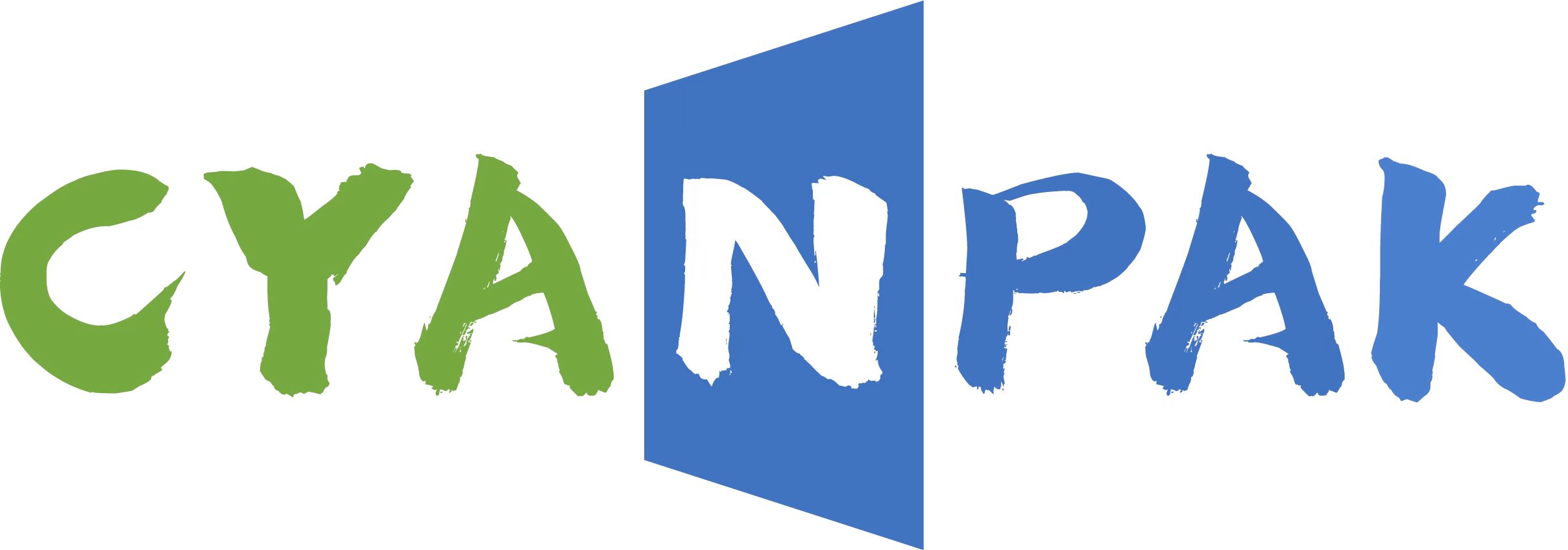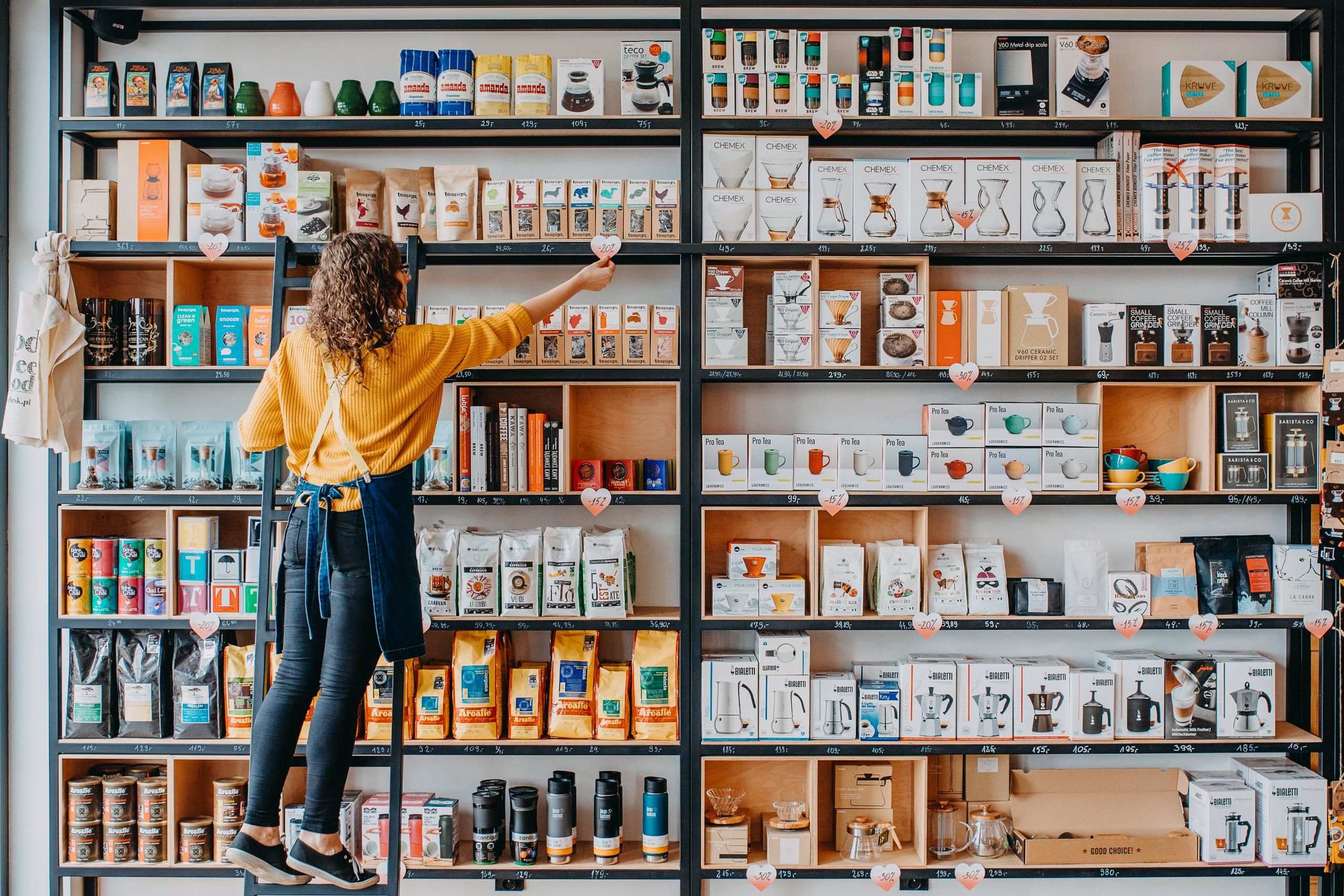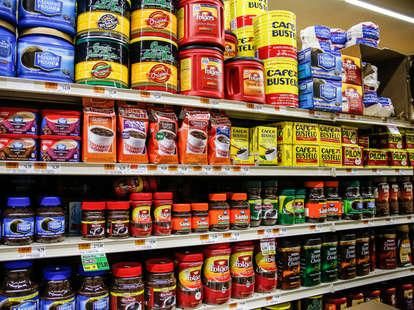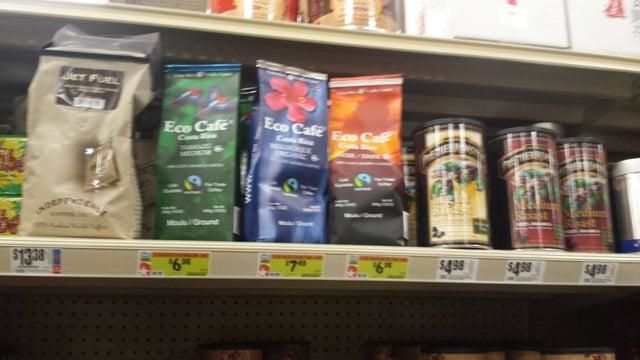Roasters will be searching for more strategies to broaden their target demographic as the specialty coffee market continues to flourish.
For many roasters, choosing to sell their coffee wholesale can be a very successful business decision. To be sure your coffee bags stand out from the competition on the shelf, for example, there are a few things to think about before taking the chance.
One of the fundamental components of visual communication is color, which affects between 62% and 90% of customer purchasing decisions. Additionally, research reveal that the sole factor influencing 90% of hurried purchasing decisions is color.
Notably, the color of coffee packaging might cause consumers to feel a specific way or have certain expectations. It is crucial that the color of the coffee bags that will be offered in supermarkets not only appeals to consumers but also appropriately represents the brand.
the expansion of specialty supermarket coffee
According to a recent National Coffee Data Trends survey, since January there has been a 59% increase in the percentage of coffee consumers who believe their financial situation is worse than it was four months ago.
Additionally, six out of ten respondents claim to have tightened up their spending practices.
Overall coffee consumption, however, is still at the two-decade high that was initially attained in January 2022.
On aisles loaded with coffee bags that display vibrant colors and pictures of steaming coffee cups—the “traditional” look of supermarket coffees—the subdued color of the coffee packaging is likely to stand out.
Customers may be more likely to buy coffee if the bags are color-coded to assist them quickly identify the one they desire.
What to think about while designing supermarket coffee packaging
Specialty coffee is different from regular supermarket coffees since it is made with quality in mind.
In the past, commodity-grade instant and robusta-arabica mixes of poorer quality have made up the majority of the coffees offered in supermarkets.
The reason is that quality is often neglected in the manufacturing of commodity-grade coffee in favor of speed and cost.
The coffee’s subdued color will probably stand out on shelves stacked with coffee bags that have images of hot coffee cups and highly saturated colors, which is the “typical” appearance of supermarket coffees.
Customers may be more likely to purchase coffee if bags are color-coded to make it simpler for them to immediately identify the one they desire.
What to take into account when designing coffee packaging for supermarkets
The quality of specialty coffee is what distinguishes it from the majority of supermarket coffees.
Historically, robusta-arabica mixes and instant coffees of poorer quality were the majority of coffees offered in supermarkets.
This is due to the fact that speed and money are usually prioritized over quality when producing commodity-grade coffee.
Supermarkets have begun by introducing speciality coffee brands into their line of items as more consumers seek out quality and convenience.
Before your product may start showing up on shelves, there are a few things for you, the roaster, to take into account.
To serve the market, you must first ascertain the local preferences for coffee sources and roast profiles.
The coffee container must appropriately reflect your brand in addition to color. Customers should be able to tell that the wholesale coffee bags are from your roastery, even if you have created an entirely different design for them.
Additionally, the package must be able to inform consumers about the contents with the least amount of words.
Consider utilizing straightforward images to convey flavor notes since customers are unlikely to stand in the aisle and read them.
What hues may coffee bags in supermarkets use to stand out?
The color of a coffee bag can effectively communicate a coffee’s qualities and set consumer expectations for flavor in addition to affecting purchasing decisions.
Customers sometimes expect a specific collection of flavors and aromas when they see a certain color. Because sweet, crisp, and clean flavors as well as rich fragrances are what specialty coffee is known for, you should think about utilizing colors that help convey these qualities.
For example, a pale apple green may suggest crispness and freshness, while vibrant pink frequently conjures up florals and sweetness.
Earthy hues are excellent for projecting sophistication and a sense of connection to nature; they make sustainable coffee bags look beautiful.
Print quality is the final aspect to take into account. Roasters searching for the highest-quality printing method might want to think about investing in digital printing.
By printing on recyclable materials, eco-friendly and effective digital printing techniques can help minimize a roaster’s carbon impact. Furthermore, digital printing is economical and enables smaller print runs.
We at CYANPAK are able to satisfy the fast changing roaster needs for a variety of sustainable coffee packaging types, such as compostable and recyclable bags, thanks to our investment in the HP Indigo 25K Digital Press.
We provide a selection of 100% recyclable coffee packaging alternatives that may be personalized with your company’s logo to roasters and coffee cafes.
Choose from sustainable materials that reduce waste and support a circular economy, such as kraft paper, rice paper, or multilayer LDPE packaging with an eco-friendly PLA interior.
Furthermore, by letting you create your own coffee bags, we give you total control over the design process. You can get assistance from our design staff in coming up with the appropriate coffee packaging.
Post time: Dec-27-2022




